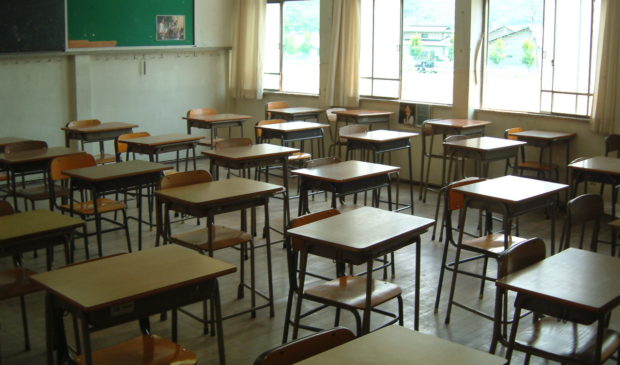AISD has high hopes for restructured Special Ed Department
Monday, August 22, 2016 by
Courtney Griffin The Austin Independent School District board of trustees received an update at last week’s meeting on the recent restructuring of the Special Education Department. Board members heard from the new executive director of special education, Jean Bahney, about initiatives that should improve the district’s provision of special education services.
According to the latest detailed Texas Education Agency report, which is based on the 2014-2015 school year, the state determined that AISD “needs assistance” in serving its special education population. Based largely on standardized testing data, the state accountability scores show a significant gap – more than a 20 percent difference in passing rates in some areas – between non-special education students and those with special needs. A similar gap persists in all grades.
AISD’s special education students vary widely in terms of what their challenges and needs are. The largest population is categorized broadly as having a learning disability.
“The reason I asked for this (discussion) when I did,” said District 5 Trustee Amber Elenz, “is because I don’t know if people realize this, but we’ve been fairly leaderless in the Special Ed Department for a very long time. … I really wanted people to understand that you’re starting from a really big hole to begin with.”
When Bahney took on the position of executive director earlier this year, it had been completely restructured as a result of the board’s decision, made in June 2015, to shuffle departmental responsibilities and eliminate several top positions. As a result, rather than report to the now-defunct executive director of special programs, Bahney reports to the chief officer of teaching and learning, Edmund Oropez.
AISD staff said this change provides for more direct collaboration with particular academic areas, such as English as a second language, as well as with associate superintendents and the human capital and finance departments. This collaboration is intended to ensure that the needs of special education students are included in planning and design of curriculum, instruction and service delivery. According to Oropez, it also helps negate the “silo” effect seen in planning.
Oropez said staff have already identified key metrics that correlate with special education students’ success on standardized testing. “Our special education students that have higher attendance achieve more than those with lower attendance,” he said. “Children that aren’t removed for disciplinary reasons achieve more than those that are removed,” he added.
Oropez said that any way you slice the special education data – by graduation rates, economic status or English language learning status – there are achievement gaps.
Oropez said that now that the Special Education Department chair position has been elevated to an executive position, that position will meet weekly with associate superintendents and other executives for discussions about how to better align resources. Staff will take a much more integrated departmental approach to providing support for special education students, he added.
Bahney said that there will also be an added focus on professional development. “For our teachers to be effective, both general education teachers and special education teachers need to be able to work together, keep the rigor up and use the appropriate modifications,” Bahney said.
A large percentage of special education students is immersed in the classroom, and at times, there is both a general education and special education teacher in the same classroom.
“I’m hopeful that (by asking for this discussion) it raised some level of awareness … and that people realize that this is an area that needs some attention,” Elenz said.
Elenz congratulated Bahney on the professional development efforts she has been making. “Lots of times we run special education departments at the lowest required legal level, and that’s actually the advice of attorneys in our trainings, … and I think what I saw in your presentation is that is not what we’re doing in AISD,” she said.
Photo by frwl made available through a Creative Commons license.
The Austin Monitor’s work is made possible by donations from the community. Though our reporting covers donors from time to time, we are careful to keep business and editorial efforts separate while maintaining transparency. A complete list of donors is available here, and our code of ethics is explained here.
You're a community leader
And we’re honored you look to us for serious, in-depth news. You know a strong community needs local and dedicated watchdog reporting. We’re here for you and that won’t change. Now will you take the powerful next step and support our nonprofit news organization?






